We’re excited to introduce you to the always interesting and insightful Iris Davidson. We hope you’ll enjoy our conversation with Iris below.
Hi Iris, thanks for joining us today. We’d love to hear stories from your time in school/training/etc.
At the time I attended Chiropractic school in 2014, an undergraduate degree was required, and there was a ‘fast track’ option if you had a background in the sciences. Chiropractic school takes between 3.5-4 years to complete. The program is almost identical to a medical school program with limited emphasis on toxicology and zero pharmacology. We are required to pass board examines I-IV that we take progressively during school. These exams are written and practical, and required to graduate. After core classes in anatomy, physiology, biochemistry, and adjusting technique classes, different programs have a progression to start ‘practicing’ in the school’s clinic where you are over-seen by a licensed doctor that becomes your mentor. The program is very rigorous and demands complete dedication.
In addition to the course workload, students are encouraged to seek outside seminars taught by practicing doctors to further our adjusting skills. These seminars are absolutely not required, but in all reality, I think many chiropractors would agree that, without taking seminars outside of the school curriculum, our technical skills needed to adjust patients comfortably and confidently would be lacking.
The animal chiropractic certification programs are designed for the licensed doctor to attend as an adjunct to their practice. These courses vary in length because travel is involved, but can typically be completed within four months. There are two governing bodies for animal chiropractors to be certified; the American Veterinary Chiropractic Association and the International Veterinary Chiropractic Association. Both require a written and practical exam for the certification process to be complete.
Schools are designed to teach safety, competency, and an understanding of the body which is incredibly important, but there are more practical skills and knowledge that can only be gleaned and passed down from years of practice and real life experience. I feel grateful to be connected with the mentors I have in my life that have helped to hone my skills as a human and animal chiropractor.
‘Chiropractic’ literally means ‘done by hand.’ It is an inherently intimate healing modality because we are taught to palpate and feel the tone of the tissue to determine where to adjust. There is incredible skill and artistry in a chiropractic adjustment beyond “cracking” bones. The relationship between patient and doctor whether it be animal or human must feel safe and compatible. For this reason, choosing a chiropractor is an interesting process because we all practice very differently. From technique, style, personality, and demographic focus, it’s important to find a doctor that you resonate with. If you haven’t had a great experience at one practice, try another one before assuming all chiropractors must be the same!
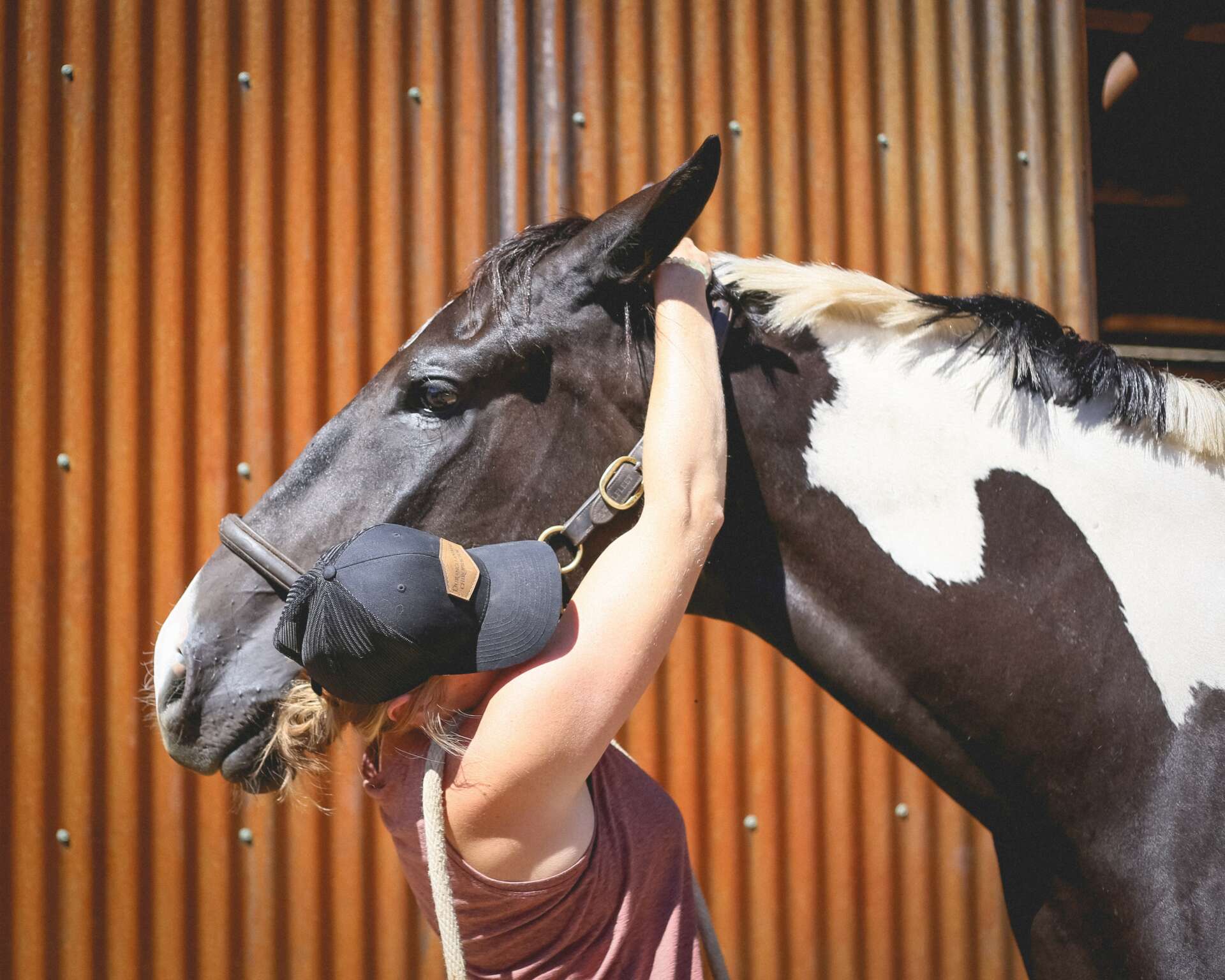
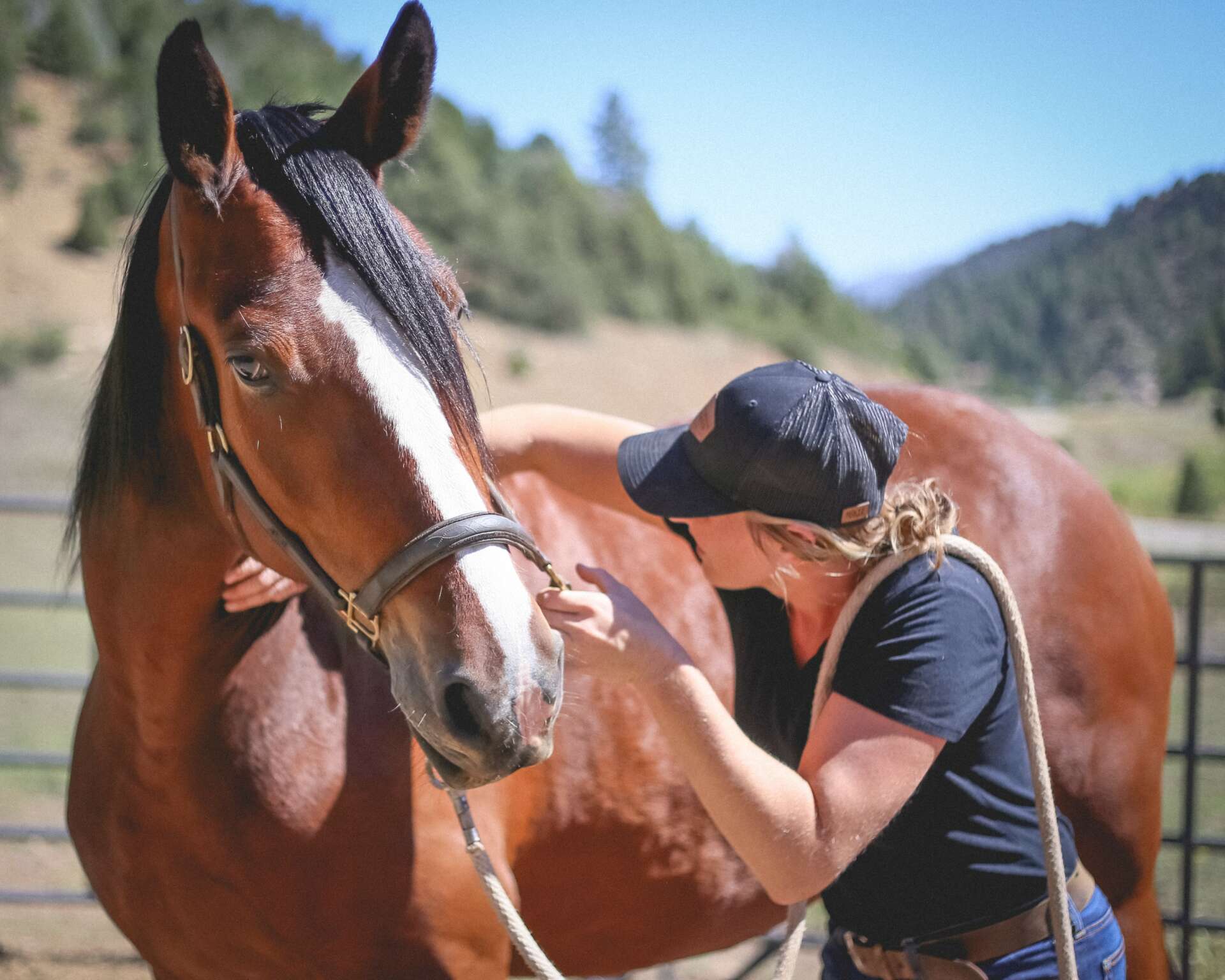

As always, we appreciate you sharing your insights and we’ve got a few more questions for you, but before we get to all of that can you take a minute to introduce yourself and give our readers some of your back background and context?
I am a licensed Chiropractor, and a Certified Animal Chiropractor. I have always wanted to find a way to work with animals and have been a dedicated equestrian and passionate animal lover for as long as I can remember. Naturally, I started my journey in pursuit of being a veterinarian. However, I realized fairly quickly that it was not the path I was meant to take at that time in my life, and I ended upI bouncing around in various undergraduate programs for a bit trying to hone in on a career path that fit my constant desire to work with animals- particularly horses.
I ultimately graduated with a degree in Sociology and minored in Biology thinking I would become a therapeutic riding instructor at a local non-profit organization that supported people with mental and physical disabilities, those that had experienced trauma in their lives, and children with severe autism. I was drawn more and more to solely caring for the horses in the program, and this path turned out to not be a long term career that brought me satisfaction or fulfillment in the way I envisioned it could.
During that time, I was also working as a ‘CA,’ or Chiropractic Assistant at a local Chiropractor’s office, and had no prior knowledge or understanding of the Chiropractic profession up until that point. The doctors at the office were also certified animal chiropractors and not only introduced me to the field of Chiropractic, but also modeled a lifestyle and mindset around health, well-being, and wholistic healing that I had never been exposed to before. I discovered that it was a philosophy that I felt aligned with, and wanted to know more about.
One of the most impactful memories I had at that time was witnessing a Dachshund enter the office in his owner’s arms unable to use his hind legs. Within a few adjustments, the dog was back to walking normally. I was astonished by the results and my interest was piqued. The doctors (who are still dear friends and mentors) encouraged me to study to become a chiropractor myself. I had never considered going back to school and was overwhelmed by that decision at the time. I assumed that becoming an animal chiropractor was likely a two year trade school, but came to learn that in order to become a certified animal chiropractor, I’d have to become a Doctor of Chiropractic (or a Doctor of Veterinary Medicine) before continuing on to receive my certification as an animal chiropractor. This realization felt daunting; all I wanted to do was work with animals and now I’d have to learn to adjust people as well?! Despite what I saw as a means to an end, I was so convicted about the end goal, that I was willing to endure a grueling doctorate program in pursuit of my newfound calling.
About four years later after graduating from Life West Chiropractic College in California, and concurrently receiving my Certification in Animal Chiropractic from A.C.E.S., in Texas, I moved back to Durango, CO and purchased my business, Durango Animal Chiropractor from my mentor that initially introduced me to the world of chiropractic care.
I’ve been in practice for six years now and feel very fortunate to have followed the path I did. It is incredibly rewarding to be able to work with animals through a chiropractic lens and witness the incredible healing changes that are possible with a corrective chiropractic adjustment. It’s truly turned out to be the dream job of working with animals I had always envisioned.
My practice is mainly comprised or horse and dog patients, but I do see a handful of “human” patients as well. What I enjoy most working with the animals is how quickly they respond to the work; unlike us humans, animals operate in the present which means they do not dwell on the past, nor do they worry about the future. “Mental debris” as I call it, is a major limiting factor to our health and well-being.
Animals are also incredibly expressive during and after an adjustment, and give you signs that their nervous system has been affected. Horses will lick and chew, take a deep breath, yawn, look sleepy and relaxed, and sometimes go roll after an adjustment. These are all signs of parasympathetic stimulation (rest and digest) which is the state of being that allows healing to occur.
Similarly dogs will do a full body shake after being adjusted which indicates a sort of integration that humans would benefit from if we literally “shook things off,” rather than storing and locking that information into our physical being.
I also enjoy working with animals that veterinarians have referred- many times as a last ditch effort. Many times I see a dog presenting with a limp, change in posture, or behavioral change that does not appear to have clinical indications that respond to traditional medical treatment. These animals tend to respond very well to chiropractic care, and it is a joy to help the animals first and foremost, but also to see the amazement when owners witness a solution that does not require drugs or surgery.
Chiropractic care for animals is becoming more common and widely accepted as an alternative health care field that produces results. I additionally participate as an assistant instructor with Animal Chiropractic CE teaching continuing education to other animal chiropractors nationally as well as internationally in order to further and continue to better the profession. Check out AVCA.org or IVCA.org to find a certified animal chiropractor near you!
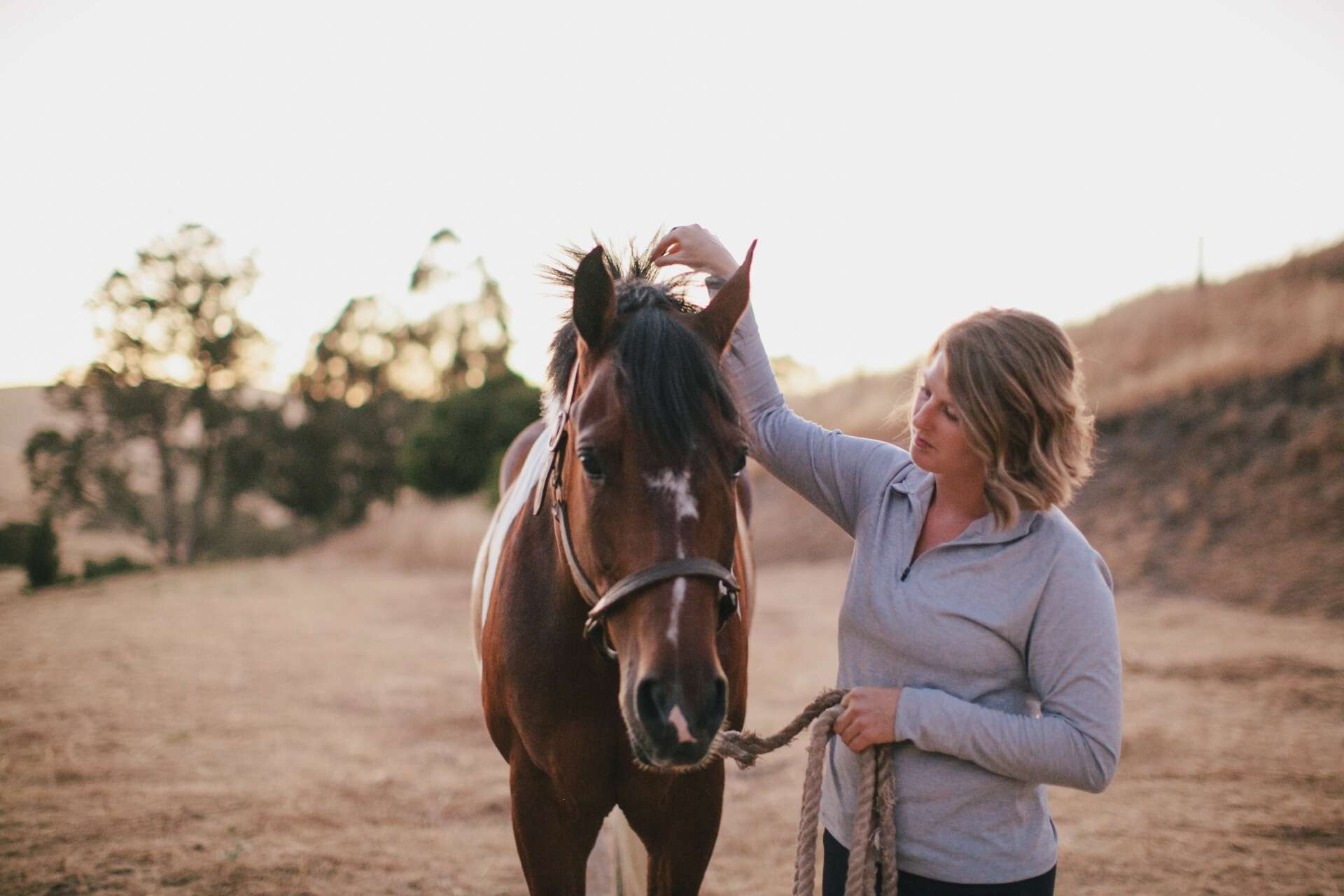
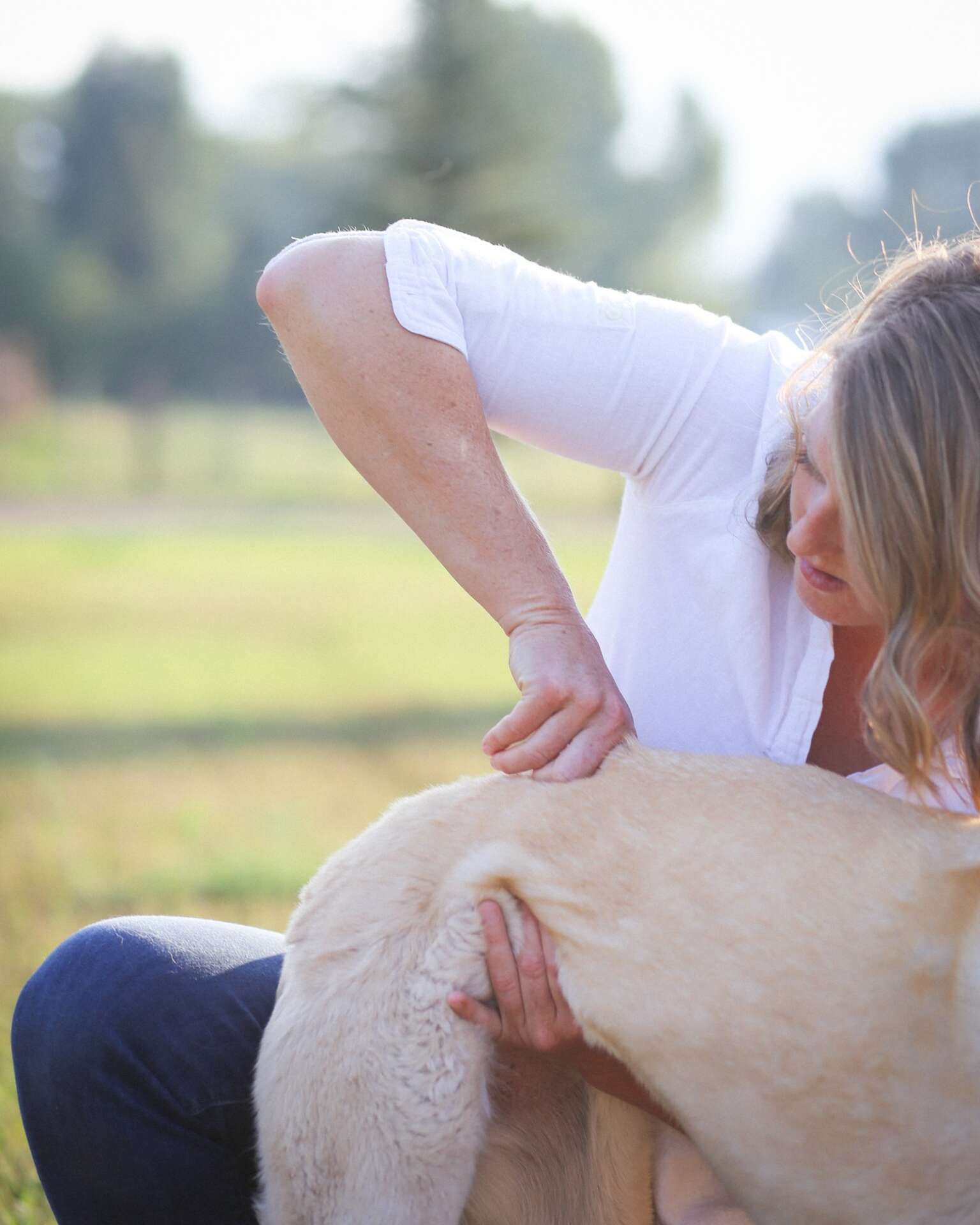
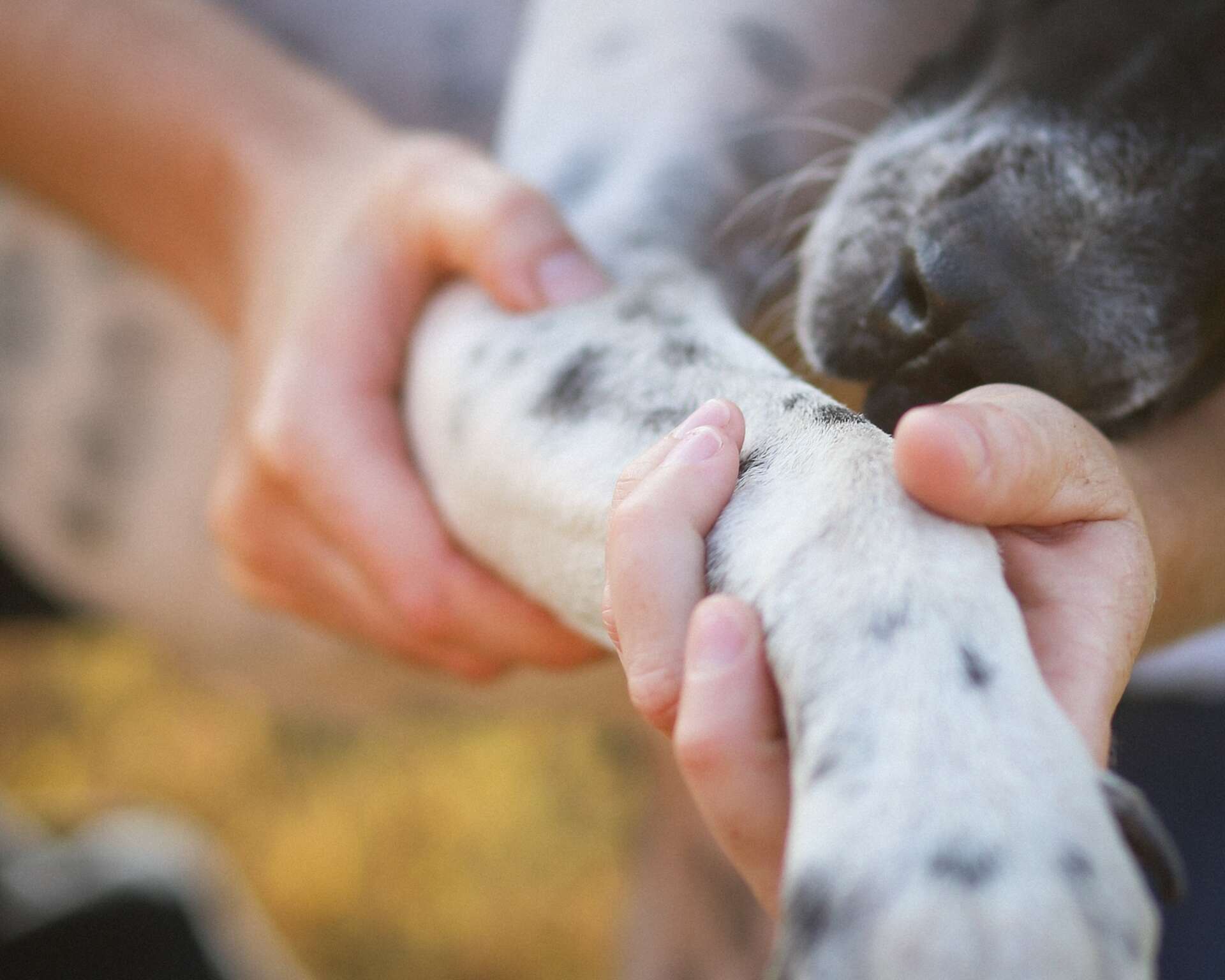
Any stories or insights that might help us understand how you’ve built such a strong reputation?
I have a strong conviction about my craft and do my best to practice what I preach. This means living a healthy lifestyle, and doing my best to take care of myself so I can keep showing up to take care of others. Honesty and integrity within my work speaks volumes to clients and builds trust. I am very forthright with my patients to set them up for realistic expectations in their animal’s or their own healing process; change doesn’t always happen overnight, and patience is crucial. The animals I work with are evidence that chiropractic is beneficial; the positive changes are obvious and can be witnessed by their owners/handlers. Word of mouth when you help someone or their animal goes a very long way! Mostly, I let my work speak for itself.
Training and knowledge matter of course, but beyond that what do you think matters most in terms of succeeding in your field?
Aside from understanding anatomy and chiropractic principles/technique, being a chiropractor- especially an animal chiropractor involves good communications skills, intuition and awareness of body language. You need to be a critical thinker to understand how to best serve your patients. Confidence is hugely important to establishing rapport with patients.
Experience with horses is not necessary to receive your certification, but to be successful, I think having an understanding of the equestrian world and working around horses is very important. Working with animals can inherently be dangerous, especially when they are in pain or discomfort, so safety is crucial!
An entrepreneurial mindset is also valuable! Being self-motivated and having a good work ethic is necessary to run your own business.
Contact Info:
- Website: www.durangoanimalchiropractor.com
- Instagram: @durangoanimalchiropractor
- Facebook: Durango Animal Chiropractor
Image Credits
Hailey King Photography Caroline Miller


